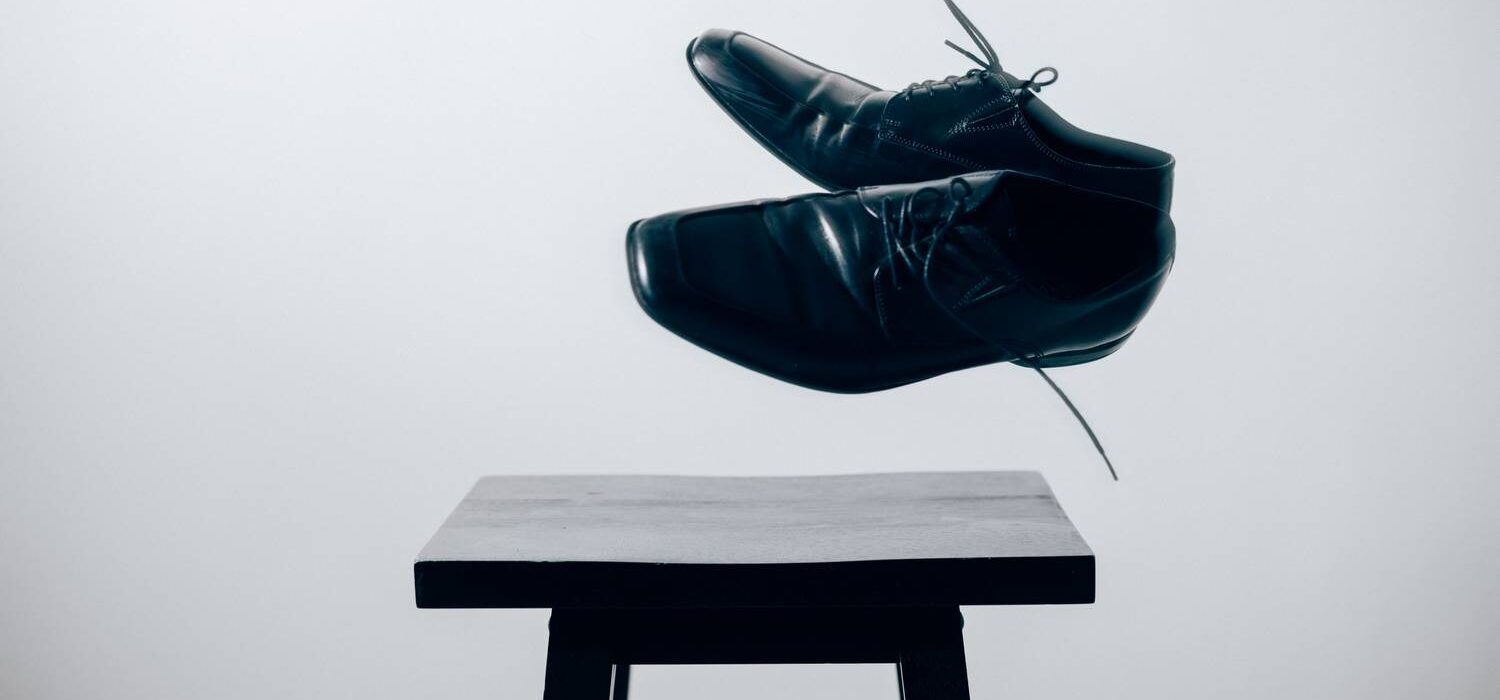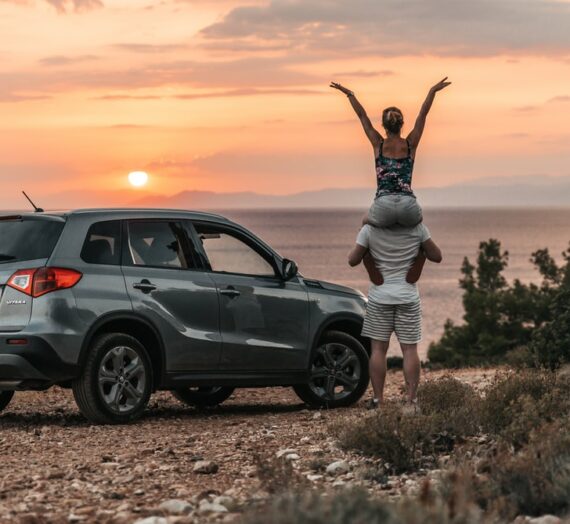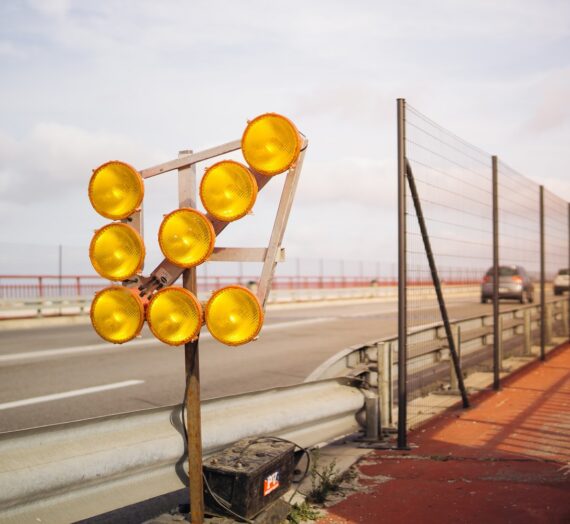Summer is the time when our feet are particularly exposed to the formation of painful and unsightly abrasions. However, they can also happen in spring, autumn and winter. Fortunately, there are ways to prevent them. What can I do to keep my shoes from rubbing?
Shoes should fit perfectly
The primary cause of chafing shoes is simply the wrong size. Contrary to popular opinion, not only too small shoes can cause abrasions and discomfort. Shoes that are too big can also be a problem.
Too small shoes
If the shoes we choose are too small, we will be in for a nasty surprise after just a few hours of wearing them. The pressing material of the footwear will sooner or later break through the delicate barrier of our skin. It will happen all the faster because the foot squeezed in too small shoe does not breathe, so it sweats quickly. It is also worth considering that when an active day awaits us during a hot summer, shoes that fit perfectly in the morning may turn out to be too small during the day. Legs under the influence of high ambient temperature and carrying the weight of our body can simply swell. A good solution is to wear shoes that are slightly larger than we usually wear.
- https://www.gran-bruk.pl/wloski-styl-dla-kobiet-z-klasa/
- https://www.bahco.pl/izolacja-dachu/
- https://studioemocji.pl/biuro-detektywistyczne-wroclaw/
Too big shoes
They can’t be too big though! A difference of a few sizes up can affect the health of our feet as much as wearing shoes that are too small. If the shoes are too loose, they will slide on the foot, causing friction. Combined with the inevitable sweat on hot days, this will quickly lead to painful abrasions and blisters.
Let’s pay attention to the material
One of the most chafing shoes are leather ones. Footwear made of cheap, artificial leather substitutes is particularly unfriendly to our feet. They are simply shoes made of plastic imitating leather – and they will cut our legs the fastest. So if we decide on leather shoes, the first option is natural leather shoes. However, this, for obvious reasons, does not suit everyone – more and more often we try to avoid products that require the killing of animals. Fortunately, there are plenty of natural leather substitutes on the market today. They are made, for example, from raw materials such as pineapple leaves.
However, it is important to pay attention to whether the shoes breathe. The manufacturer should ensure this on the product packaging. If we buy shoes in which our feet will pickle and boil, there is no way to avoid chafing.
When to buy shoes?
Interestingly, the time when we buy shoes has a significant impact on the fact that they will cause abrasions. This is because, according to the information cited earlier, the size of our feet changes throughout the day. Buying shoes in the morning when your feet are rested is not necessarily a good idea. It is better to go shopping in the evening when the foot is tired after carrying the weight of our body all day and probably slightly swollen. Shoes fitted in such circumstances will serve us perfectly all day long, while those measured on a rested foot can cause abrasions.
How to put on shoes?
Another important issue is how we put on the shoes. Often in a hurry, we can be tempted not to fasten or tie them, or worse, not to correct a sock or a fragment of tights wrapped inside the shoe. This is a huge mistake and a simple recipe for corns. Shoes should be carefully fastened or tied each time so that they fit perfectly on the foot. Thanks to this, they will not move, and it is friction that causes damage to the skin. It is even more dangerous if our skin hits some irregularities inside the shoe. It can be, for example, a poorly placed sock or tights.
Should I wear damaged shoes?
The same happens when the shoe is damaged. If the seam inside the shoe tears or comes apart, it will probably no longer be smooth. There will be bulges that will rub the skin and eventually damage it. So if our shoes are damaged, they should be repaired as soon as possible or thrown away and replaced with new ones.
Shoe model
And what about shoes that already originally have bulges on the inside? Well, buying them is probably not the best idea. When buying shoes, make sure that all the seams inside the shoes have been made correctly, so they are even and do not protrude from the surface of the shoe.
The same applies to the edge of the shoes. It is the edge that will have the most risky contact with our skin. When we walk, we constantly set the area around our ankles in motion. The edge should therefore be smooth, without bulges.
Let’s also pay attention to the fact that the footwear does not have any ill-considered additions. It’s about decorative elements that may look nice, but when we put on shoes, it turns out that a buckle or a sophisticated flower rub against the skin when walking. Such decorations will inevitably lead to abrasions.
What to do when the shoe is rubbing?
However, if we have no other choice and have to go through the day in rubbing shoes, then fortunately there are a few products that can save us. At the pharmacy or drugstore, we can buy gel heel counters or insoles. The former protect the skin in the place where the shoe rubs it. The latter, on the other hand, ensure that the foot in the shoe does not move, allowing you to avoid chafing.








